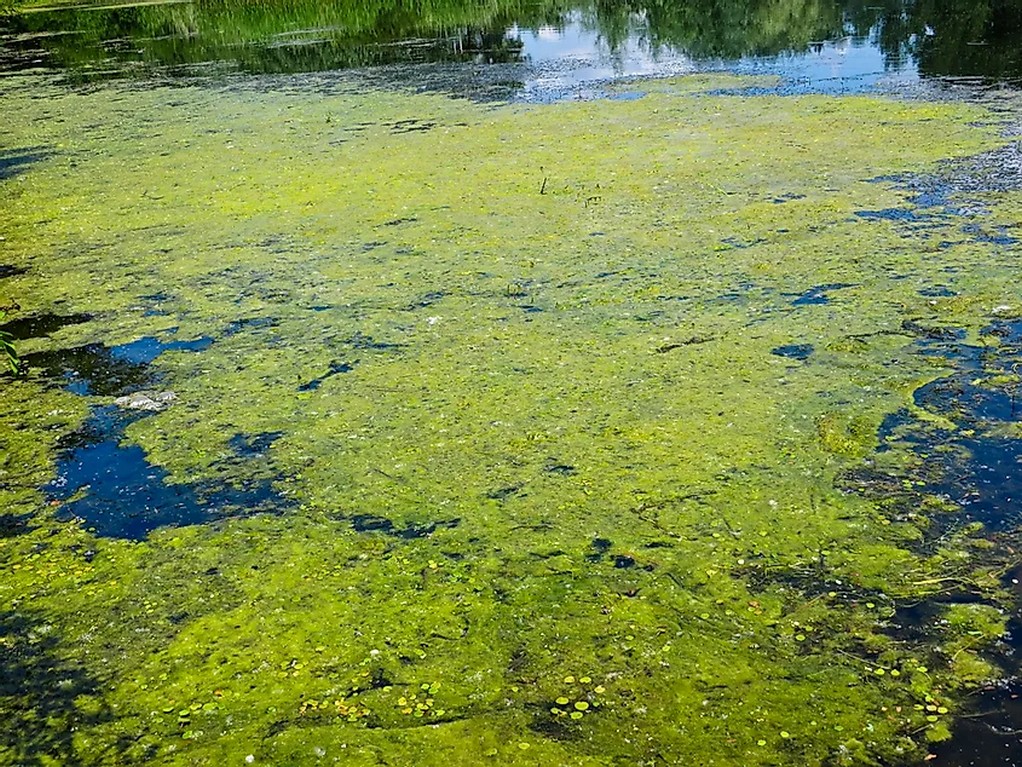Researchers Arti Sharma et al, from the IIT-J tested out their technology and have documented the results in a paper published in Chemical Engineering. What they have developed is to first cool the flue gas (the gas produced from the flue or chimneys of thermal power stations and other industrial plants) in a heat exchanger and then direct it to a sieve-plate absorption column. Here, the sodium carbonate supplemented wastewater absorbs the CO2, generating flue-gas-derived bicarbonates (FGDBs). The FGDBs are added in plastic bag photobioreacors (PBRs), coupled with algae-assisted microbial fuel cells (MFC). “This study offers a biochemical CO2 sequestration process that generates power, algae biomass and treats water by utilising algae-assisted MFC for flue gas carbon capture,” the paper says.
The conventional method of carbon capture from flue gases is not only energy intensive but also requires dilution of the gas with nitrogen, which restricts implementation. Further, the absorbent used — monoethanolamine (MEA) — is corrosive, has low oxidative stability and takes energy for regeneration, the authors say, adding that bioenergy with CCS technologies (BECCS) is promising.
Using flue gases to produce useful algae is nothing new, but the paper notes that the conventional method of doing this has been to bubble the flue gases into algal ponds or photo-bioreactors. The problem, however, is the limited solubility of CO2 in water (0.583 mg per litre) when exposed to the atmosphere at 25o C.
So, the authors have suggested a more efficacious “indirect method” for converting CO2 into carbonates and then use it for algal growth. Solubility of sodium bicarbonate in water is significantly higher (93.2 g/l) at room temperature and atmospheric pressure. “Therefore, the indirect biochemical route of CO2 fixation is advantageous since more inorganic carbon can stay in the water,” the paper notes.
Once you have the algae, you can put it into a microbial fuel cell to generate electricity. A MFC is a bio-electrochemical device that generates electricity by harnessing the metabolic activity of microorganisms. (When microorganisms break down organic matter — which wastewater is rich in — into simpler molecules, electrons are released in the process. If these electrons are made to flow through an external circuit, you get electric current.)
The researchers say that for a cubic meter of wastewater and FGDB in the microbial fuel cell, they got energy of 0.0066 kWhr. Only a small fraction of algae is used for power generation. The remaining is available for bioenergy. “A major outcome of the present study was an increase in power production through high algae growth,” the authors say.
Theoretically, all the available flue gas can be used to grow algae, but the limitation is with respect to the scale of operation. A tonne per day of CO2 capture requires 2 sq km algae culture area (aerial) in vertically aligned pipes, says Dr Chhabra. Further, the algae can be filtered out and the rest of it can be used again for CO2 capture. Typically one tonne of algae captures 180 tonnes of flue gas CO2.
This, however, is not to conclude that the technology is ready for use—it requires further refinement. The next steps are in this direction and could include developing more robust microbial consortia or genetically engineered strains. And, studies on comprehensive mass balances, feed flow rates and retention times for the efficient CO2 capture need to be carried out. Also, the device itself could be fine-tuned by adding specialised spargers (gas diffusing devices) to ensure a stable supply of gas for sustained algal growth.
Tags: Carbon Capture, CO2, IIT-J, MFC


Recent Posts
Vedanta Aluminium signs pact with GAIL for supply of natural gas
HMM introduces South Korea’s first LNG-powered vessels
NGEL inks pact with NREDCAP in Andhra for RE projects
Global warming won’t end if net zero is redefined
The Liberian Registry and Korean Register (KR) grant AiP to Samsung
To satisfy decarbonization targets, Big Oil invests billions in the manufacture of biofuel
ISO issues standards for methanol as a marine fuel
Amazon, partners to test electric trucks on a freight corridor in India